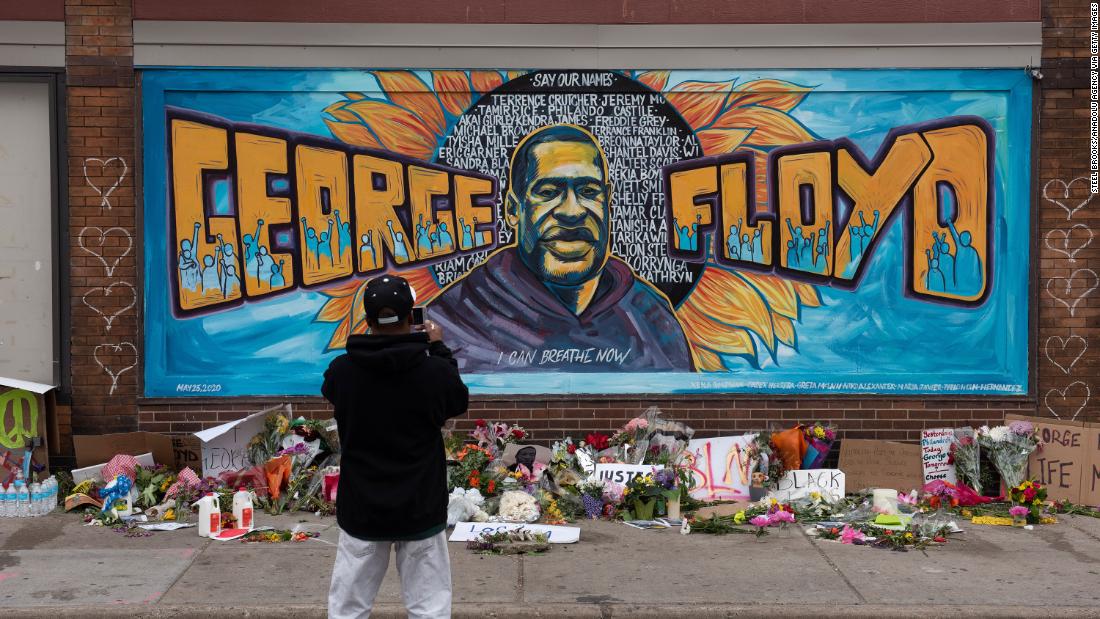[ad_1]

That’s certainly possible. Given how easy it is to get on social media, make an anonymous account or group that looks real and spread misinformation, it’s almost certain that there are some people — possibly a lot of them — trying something like this somewhere online.
But it’s worth stepping back and taking a breath before getting too caught up in that discussion. No matter how much fake online organizing there might be, it’s nearly impossible to create the depth and breadth of the very real feeling on the issue around the country right now.
Not every bad actor on social media is personally sent there by Russian President Vladimir Putin. Any nation state could do something like what Russia has done; many of them are.
But so can the garden-variety trolls right next door, acting out of political motives or just because they enjoy causing misery and pain in others.
But arguably Russia’s biggest achievement was the paranoia it instilled in American society. We now regularly see Americans accuse people and groups on social media that they do not agree with of being Russian trolls or bots.
These accusations are often made with no evidence and can distract from and undermine real Americans who are engaging in political speech.
It is possible that we will learn in the coming days, weeks, and months that some covert activity has been going on — that some Facebook pages and Twitter accounts encouraging violent protests are indeed linked to Russia.
Certainly Russian state media, reluctant to cover protests in its own country, is closely covering the unrest here in America. Social media platforms also have taken down fake accounts linked to both Iran and China, and perhaps they are involved, too.
And it’s also very possible that we will learn that some accounts are being run by people in America who are acting in bad faith. White nationalists and other adversaries of the Black Lives Matter movement, for instance, could see some benefit for their cause in undermining legitimate protests, sowing confusion and encouraging violence.
Then there are the garden variety internet trolls, who are motivated less by ideology and more by causing confusion and pain. They’re probably piling in on this, too.
Meddling in these kinds of protests has happened before — and in Minnesota, in fact.
In 2016, Philando Castile, another black man, was killed by police in a Minneapolis suburb. Castile’s death was livestreamed on Facebook, captured on video and posted to social media. It, too, prompted protests across America.
But real protests were already happening. Russia sought to exploit an ongoing situation, tapping into genuine grievances felt by Americans.
And that is a crucial point to remember now, four years on, as Minneapolis-Saint Paul again becomes the focus of police brutality against black people in this country.
So yes, there might be some fake accounts — but the protests are real, and so are the protesters’ concerns.
[ad_2]
Source link

